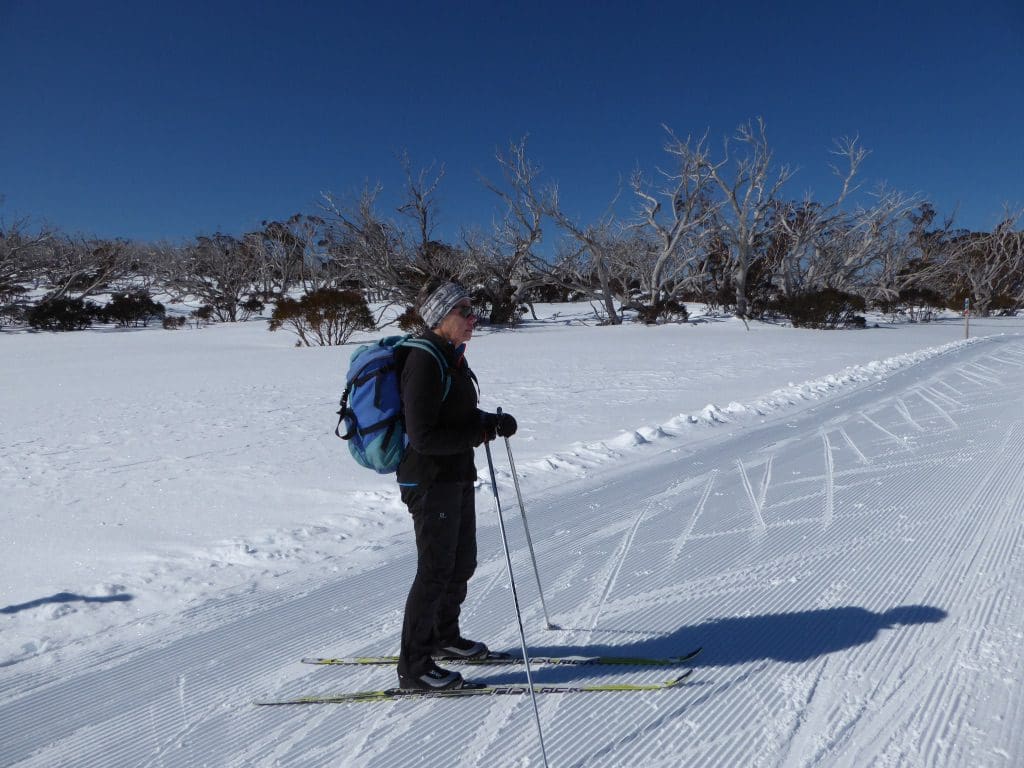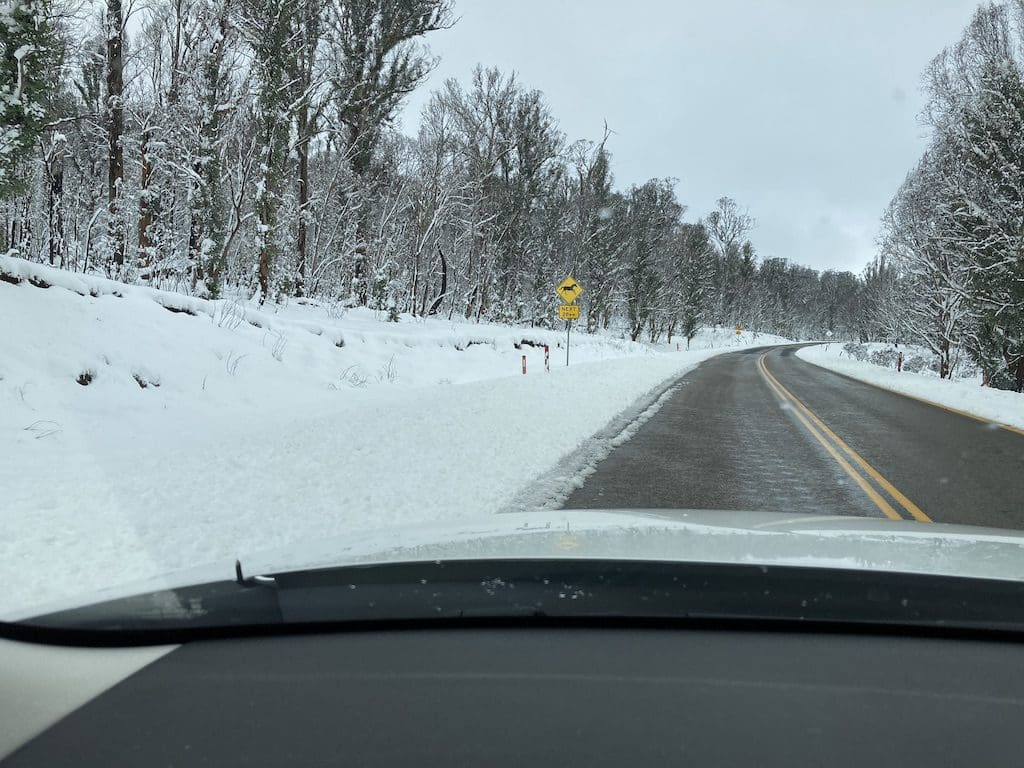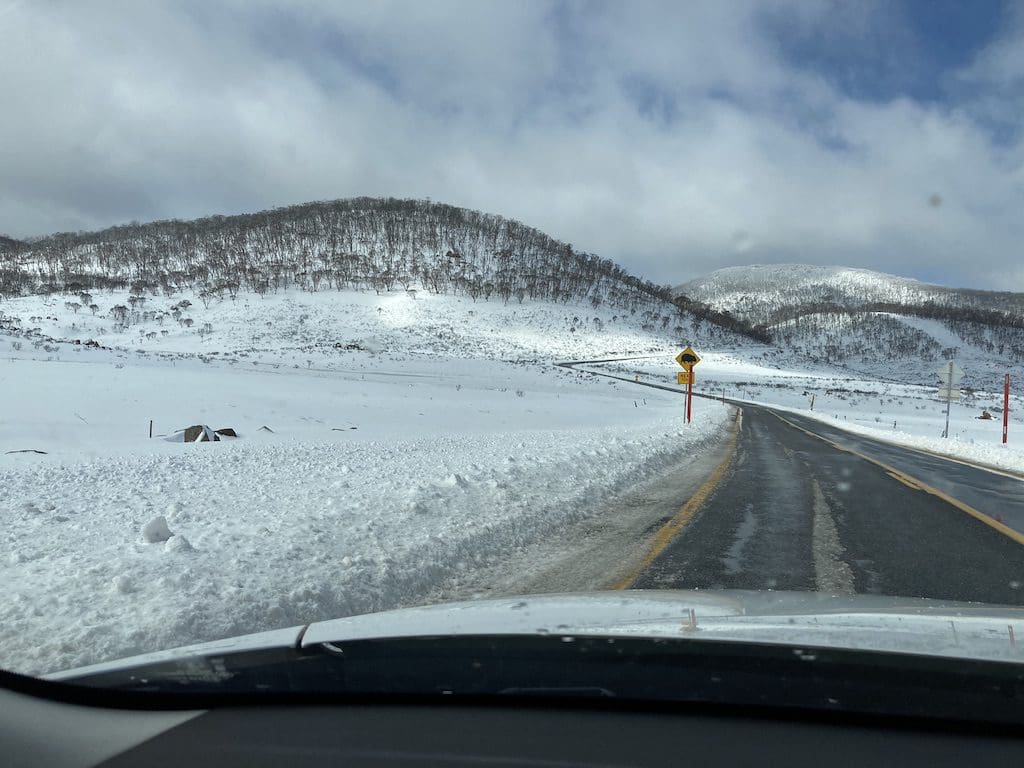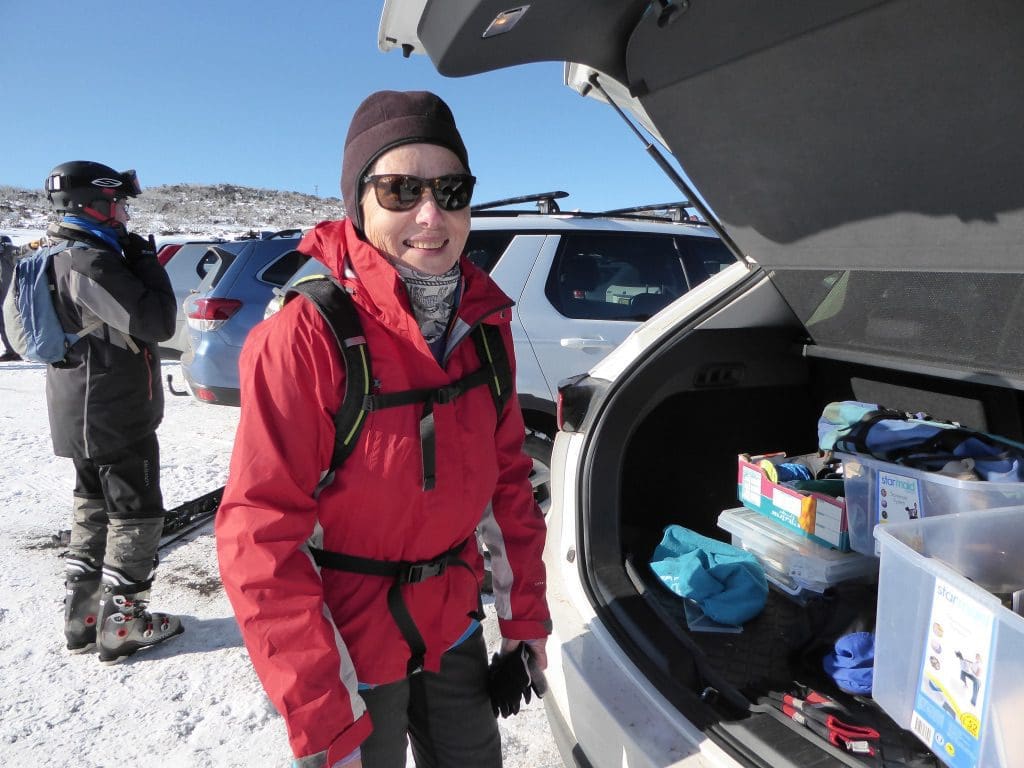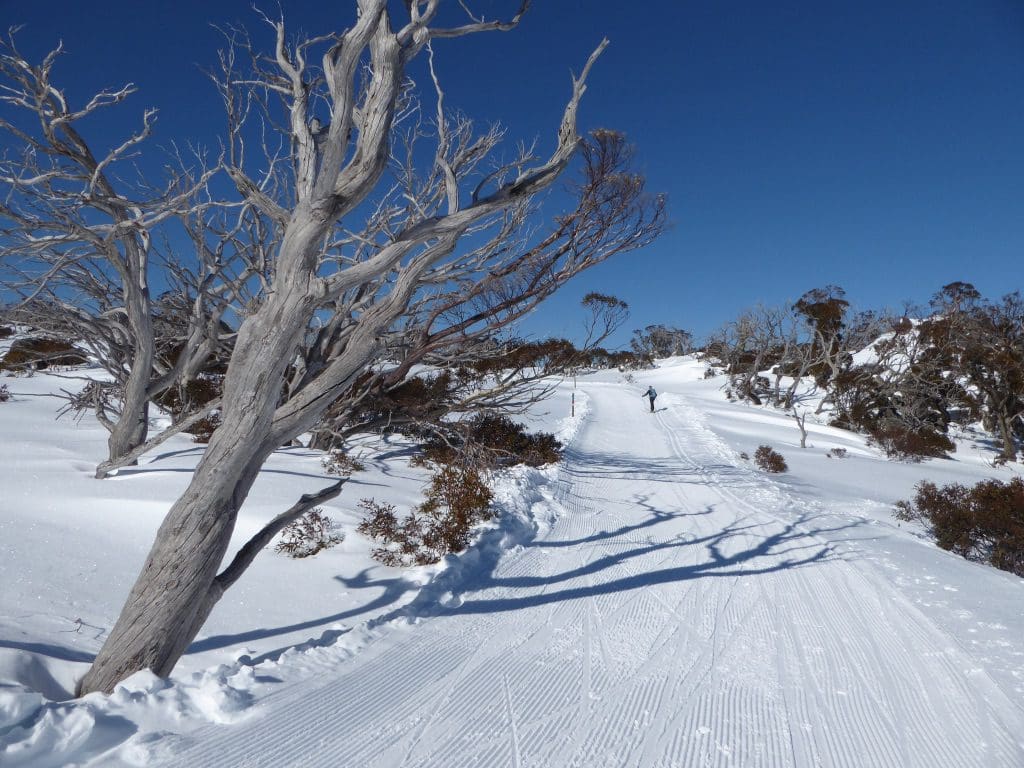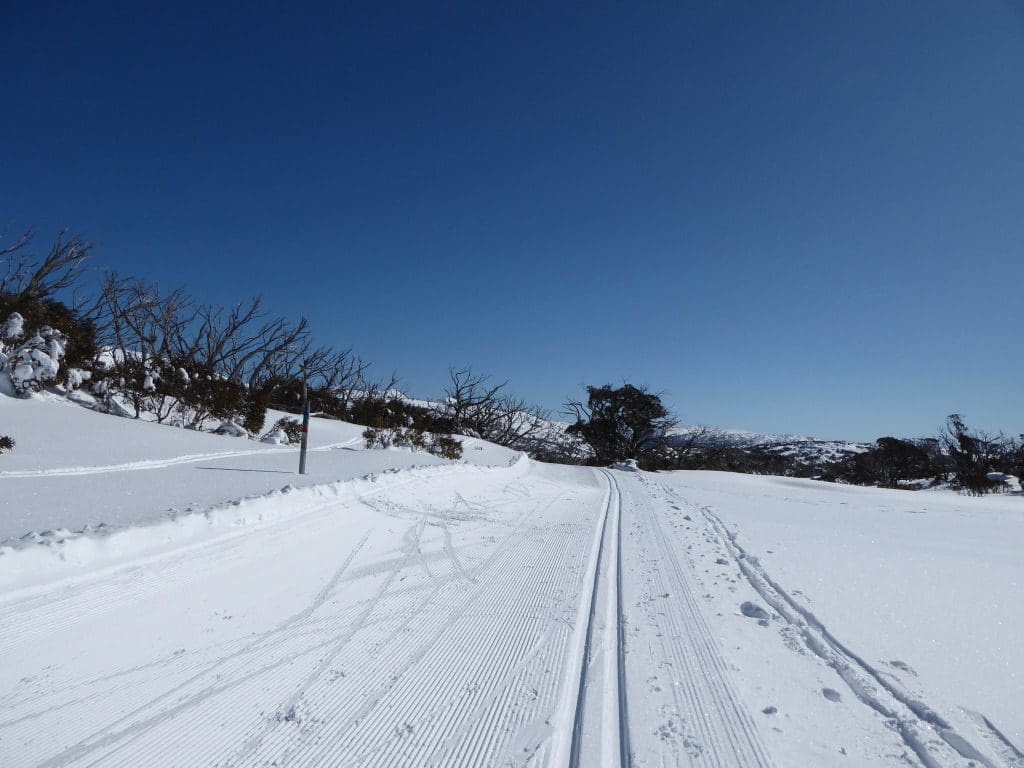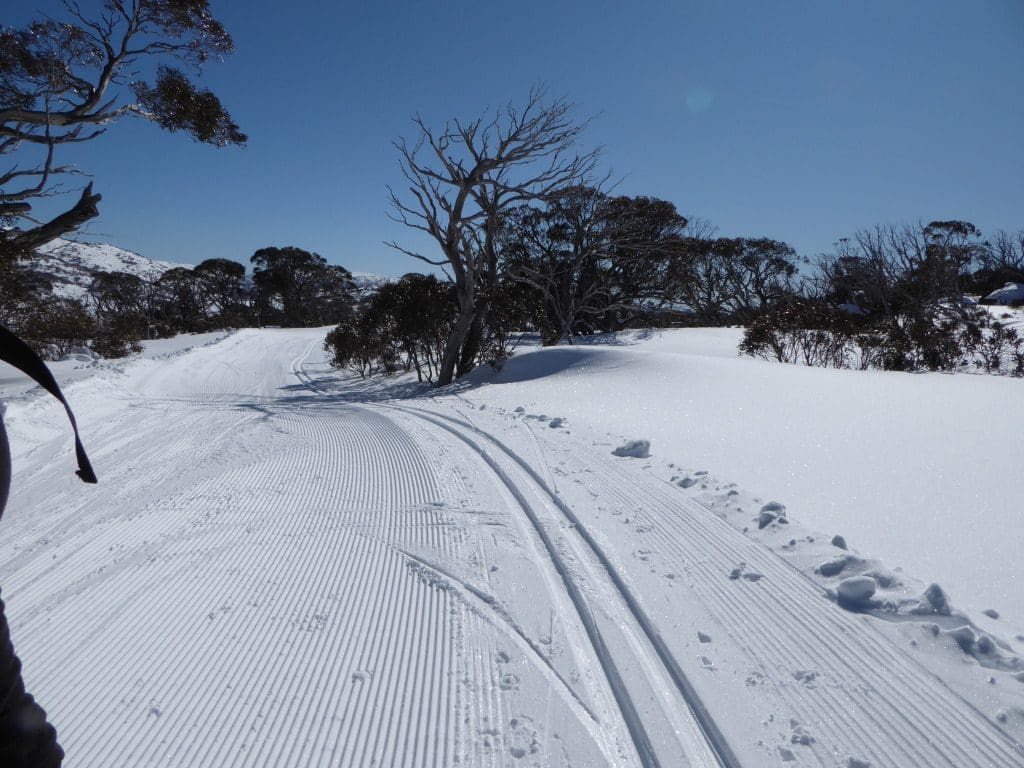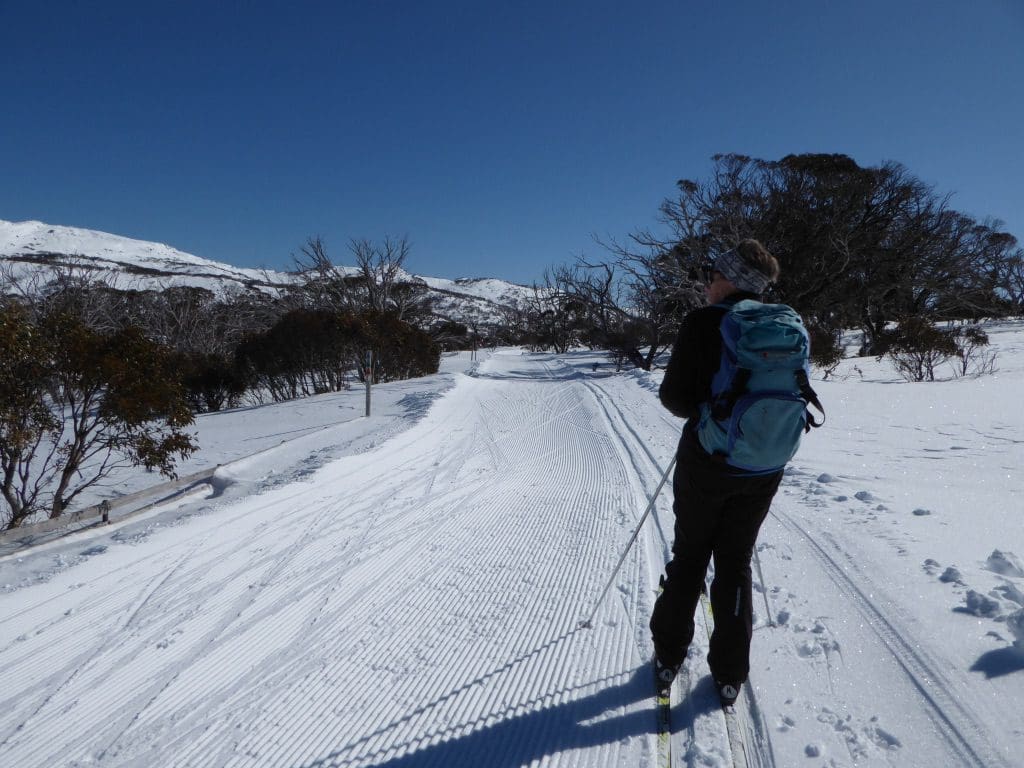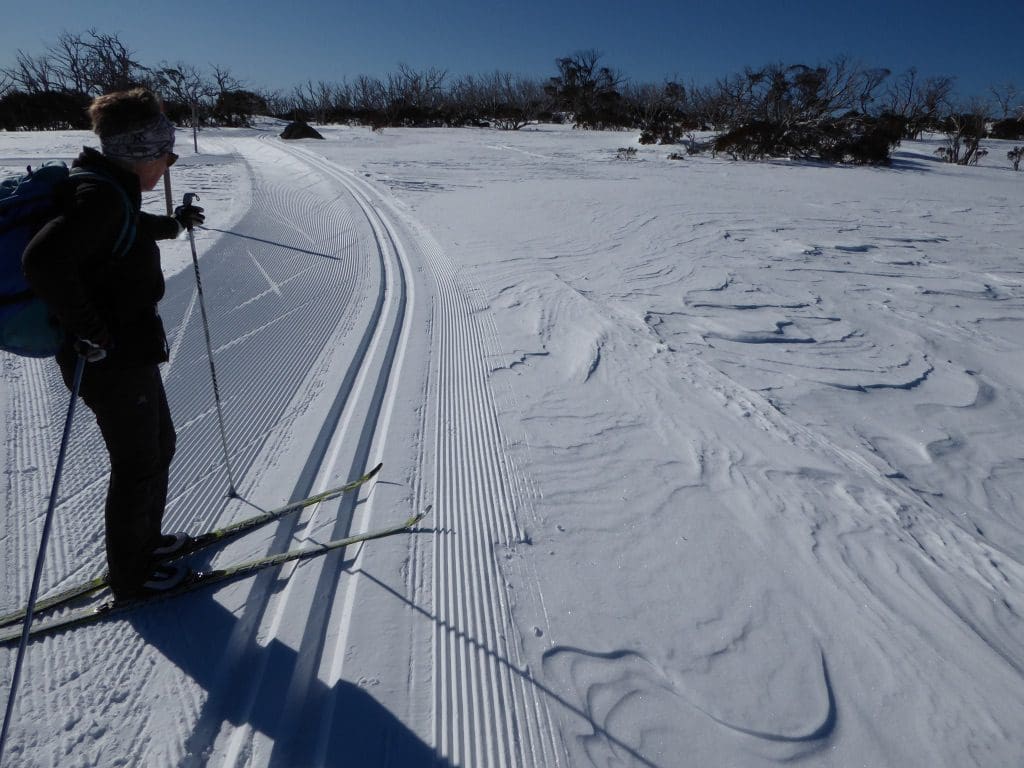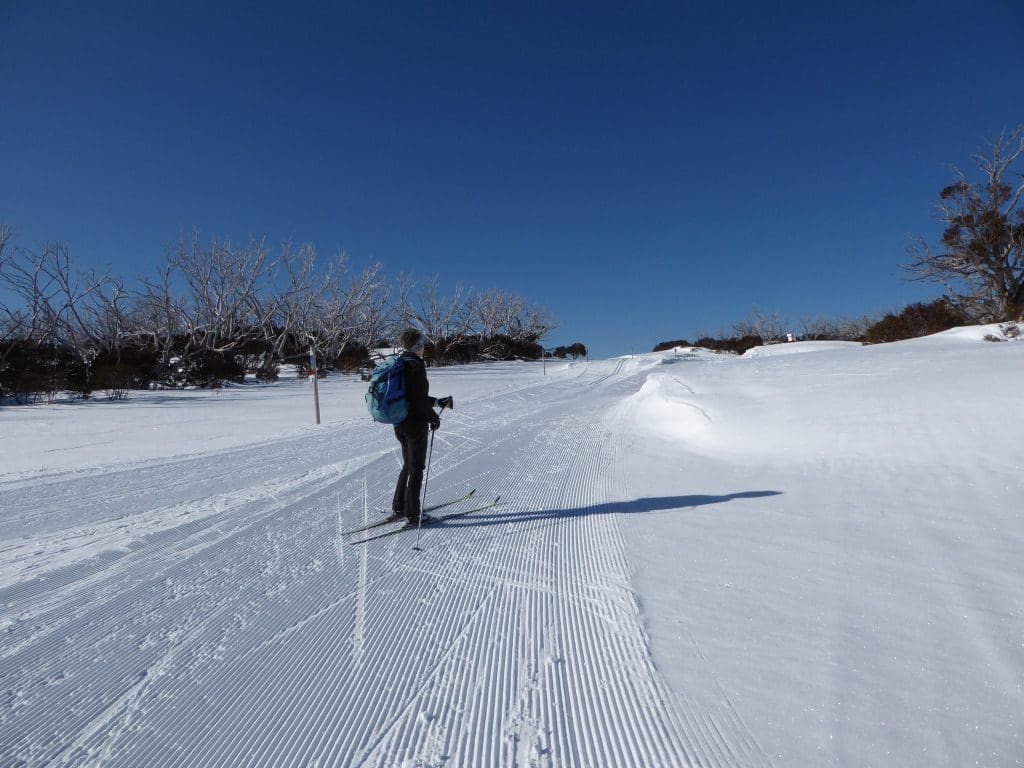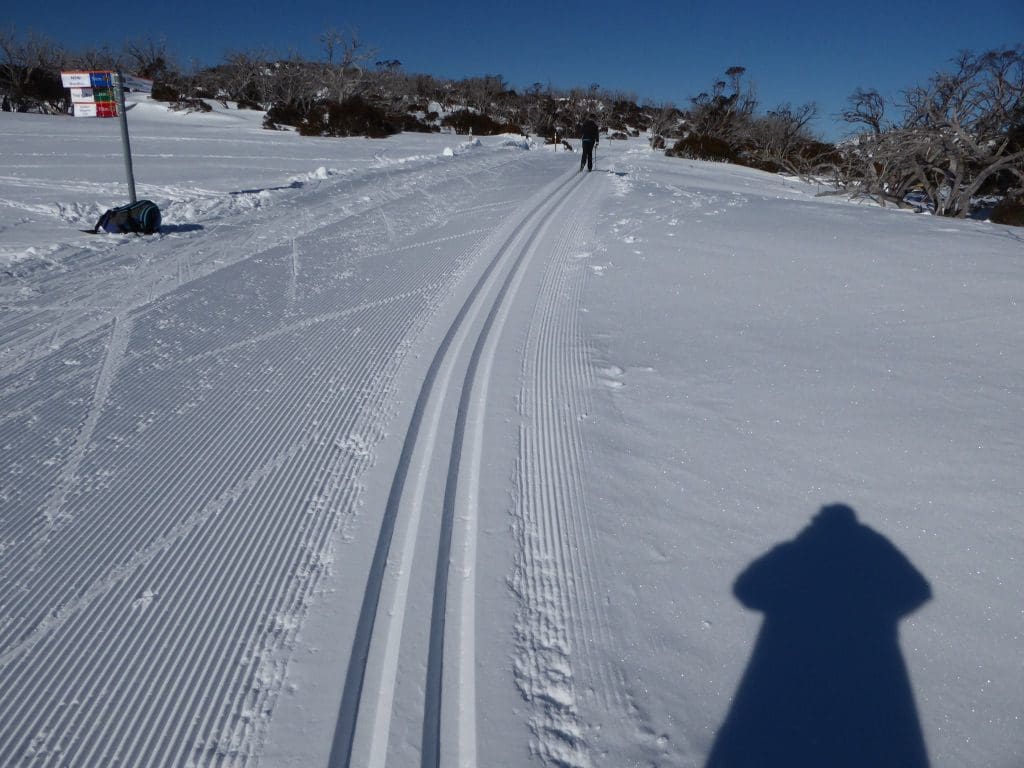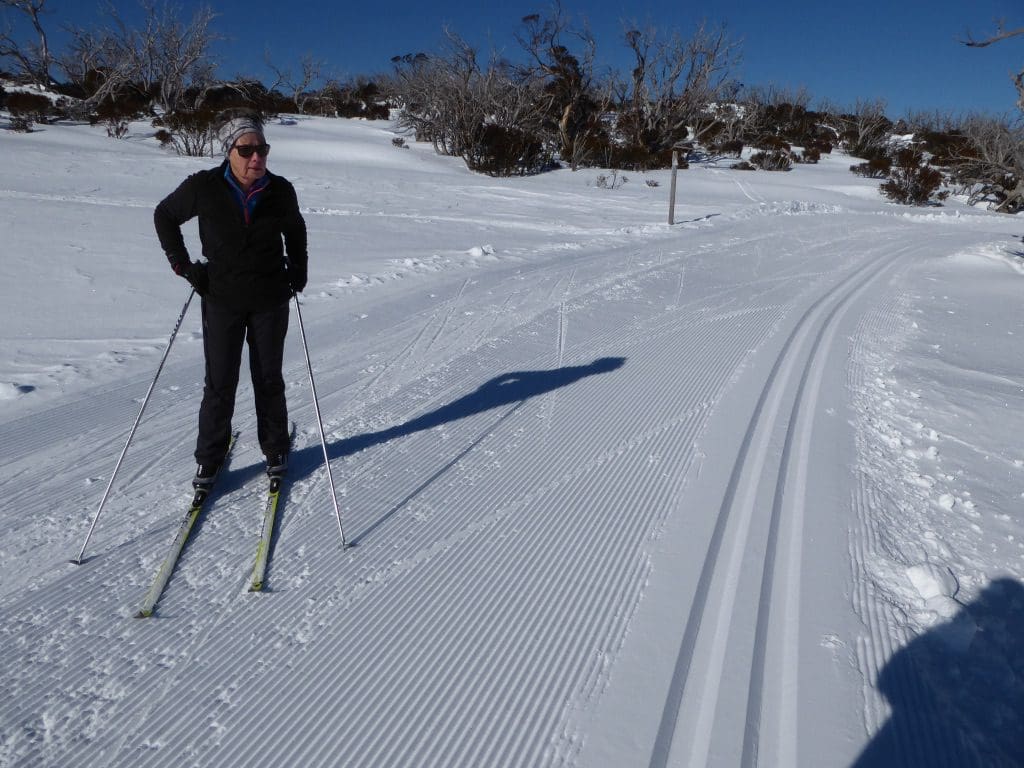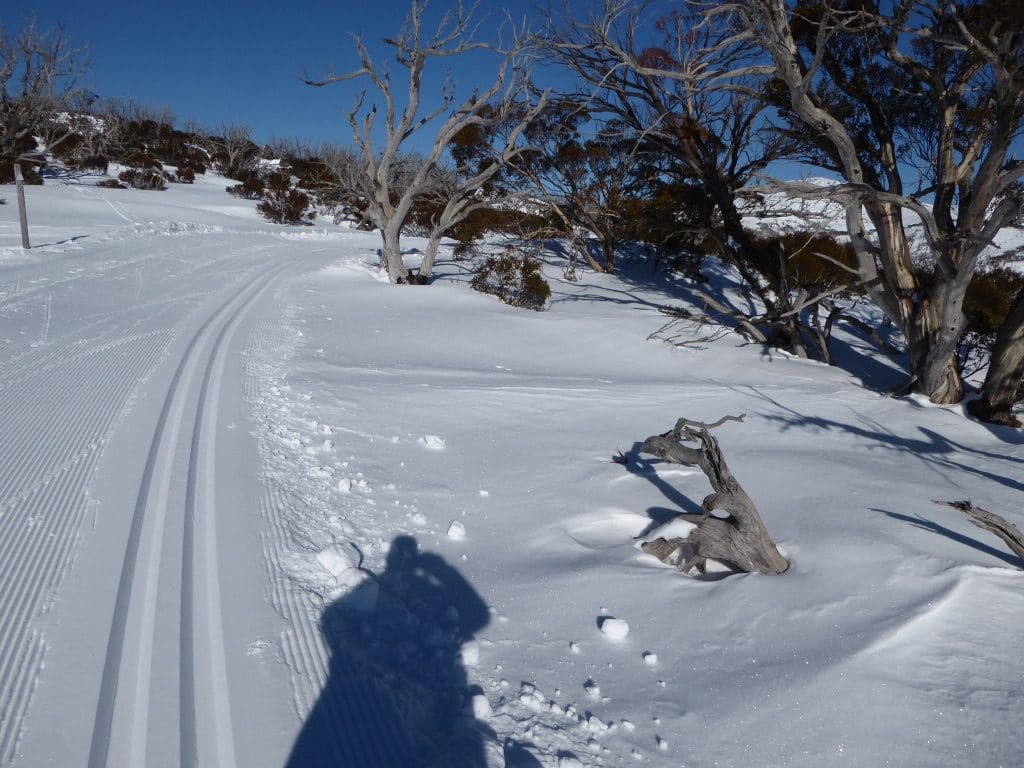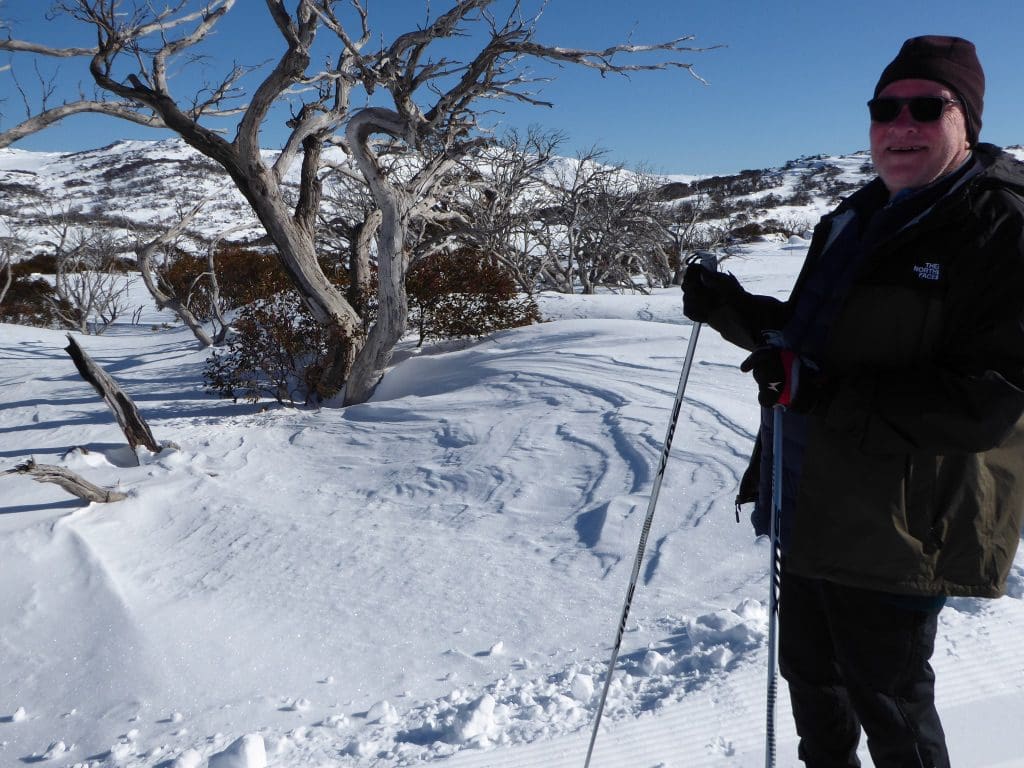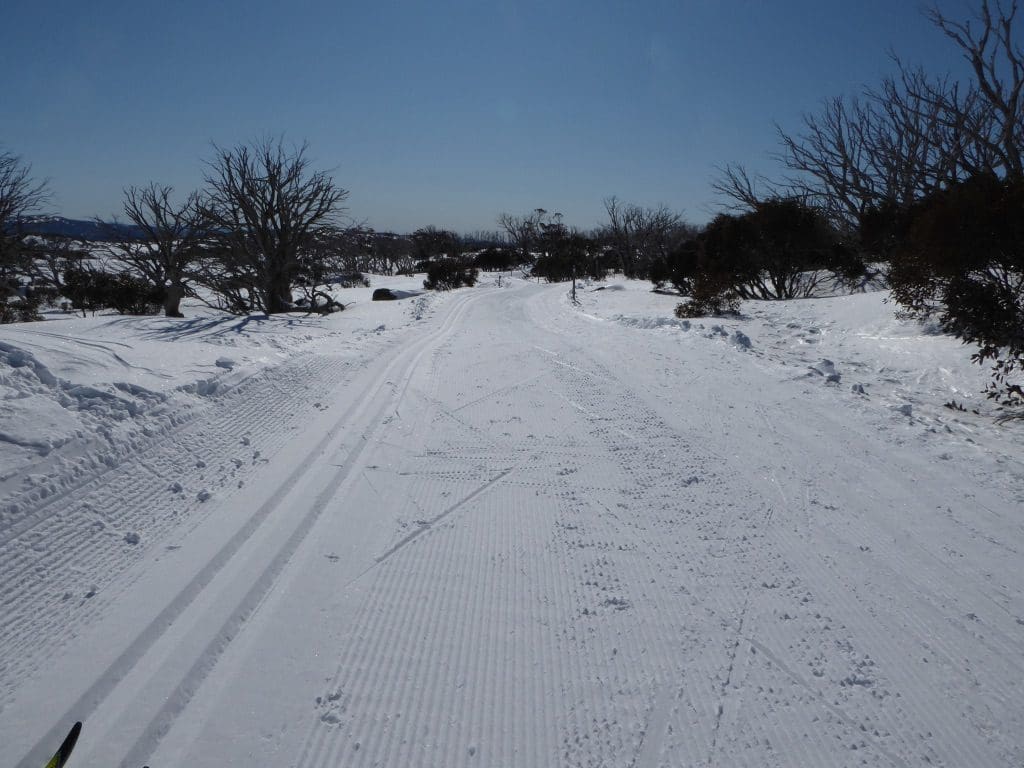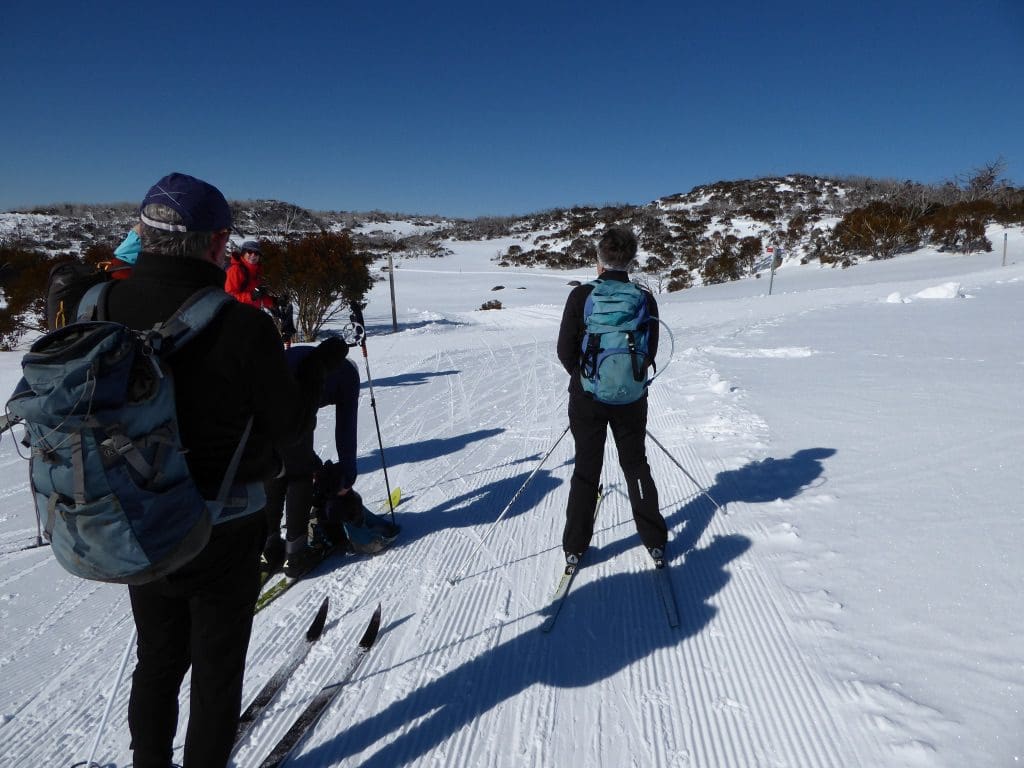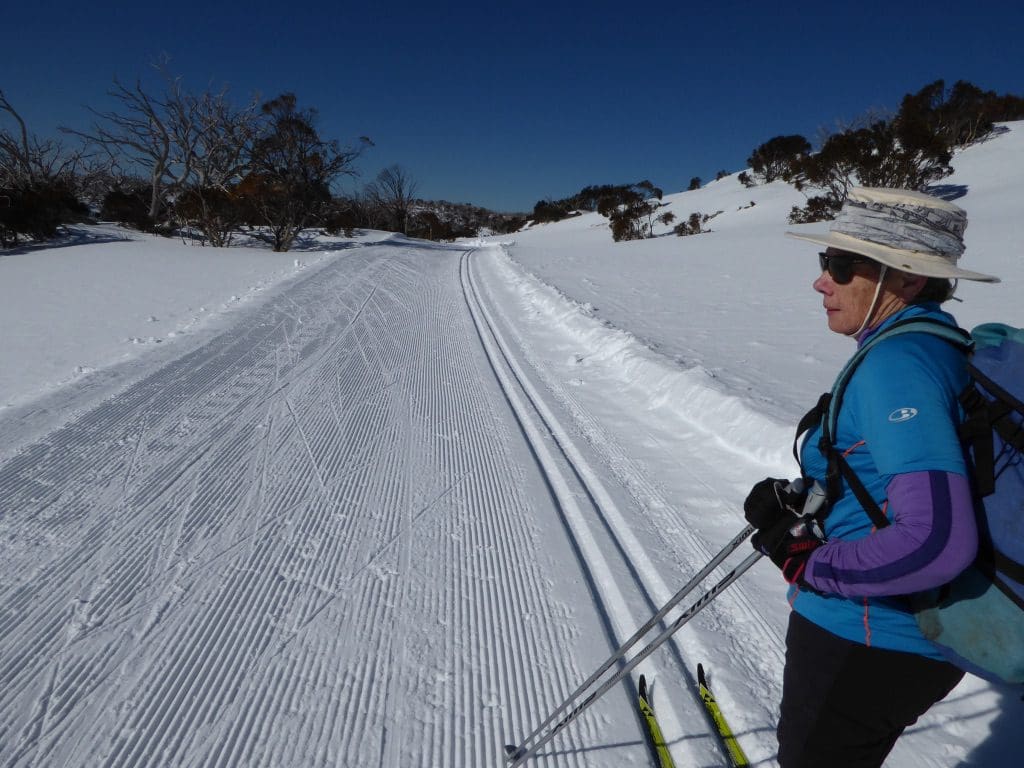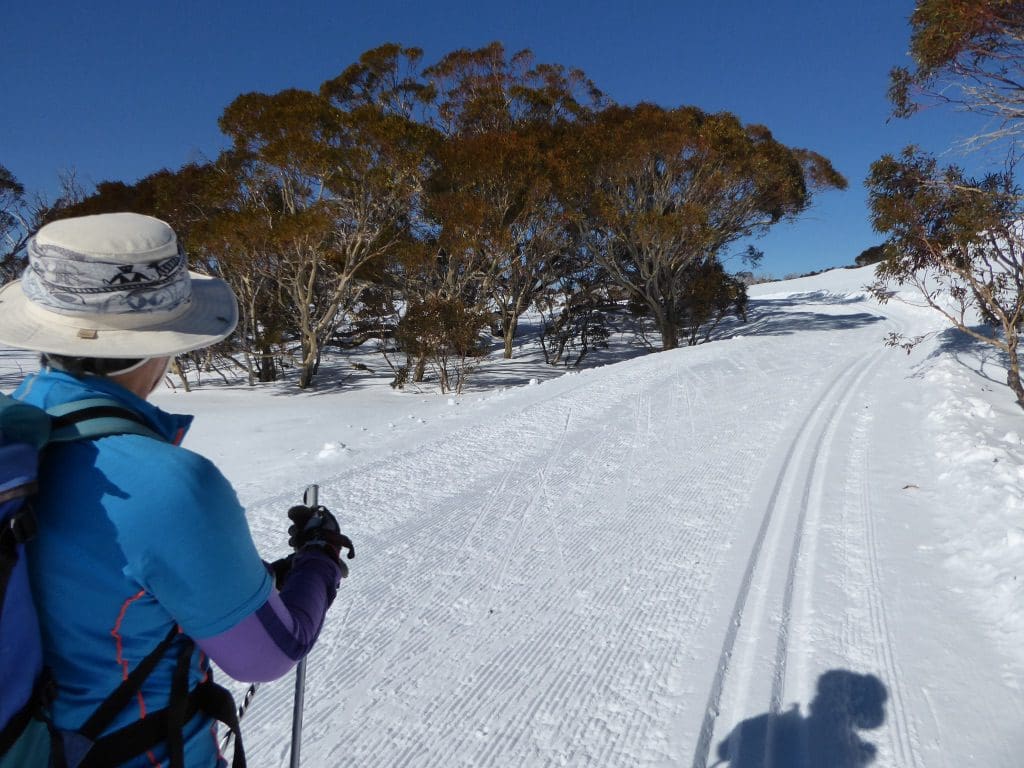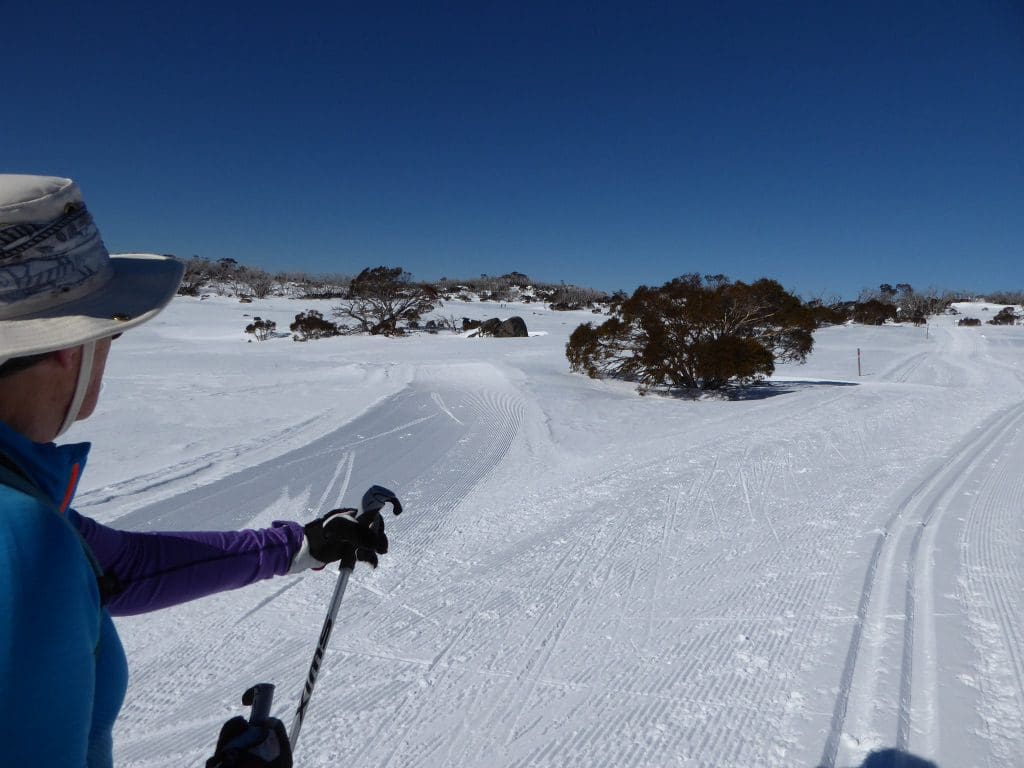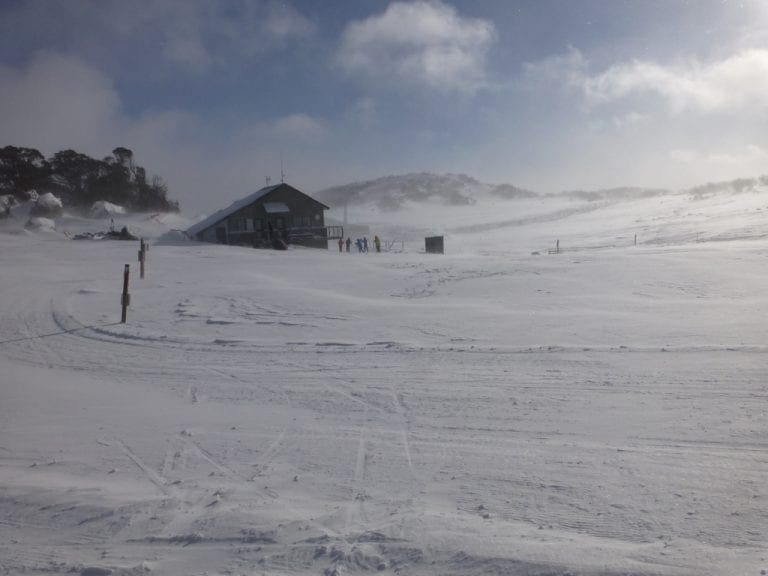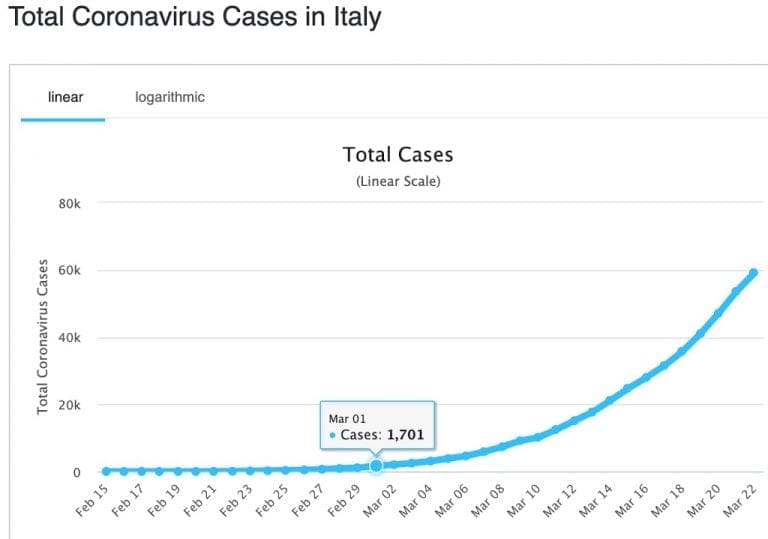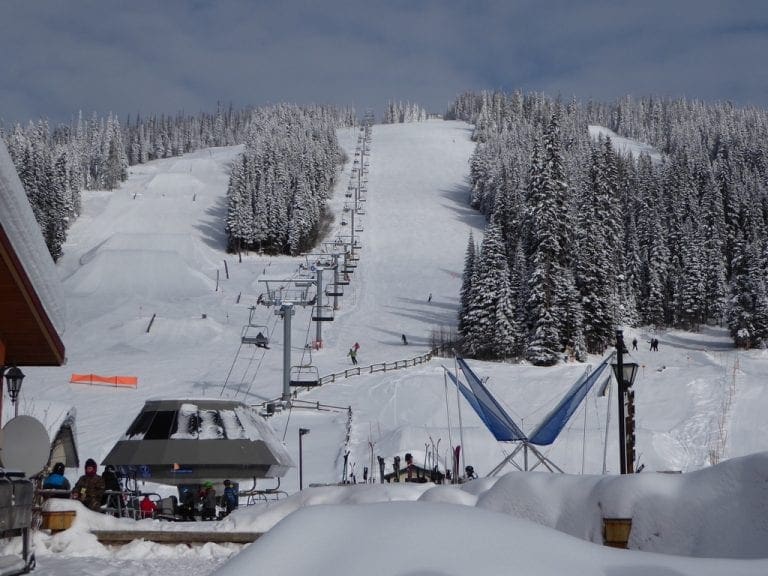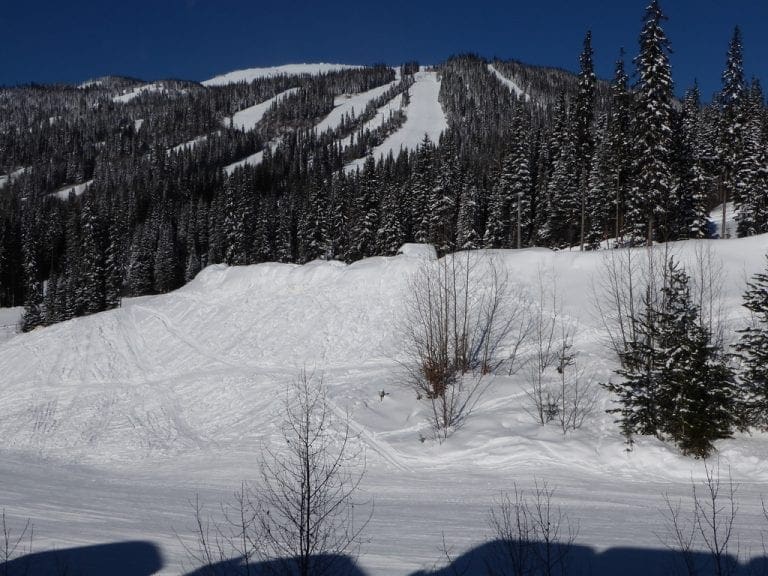Snow 2020 during COVID
Sunday. 23 Aug 2020. We have decided that the snow is tooo good and we have to give it a try. Our only risk is the amenities block at the Campground we stay at. We will have to use it for showers and shitting and it will be a risk. We’ve talked about this every day for about 6 weeks. Yesterday, Saturday 22, we decided that we would take the risk. We packed. It took all day. Interesting trying to remember what to pack for the snow.
Today, we got away before 9am and drove the 350km to Jindabyne where we have a stationary van. They had been considerable falls of snow across the high country from the top of the Talbingo drop through to almost Adaminaby – about 50 km. In the exposed area snow drift were over 1 metre. We had about 20 km with built up snow on the road. The little Mazda CX5 handled it extremely well as did Helen who drove all of that snowy patch. From before Adelong, we were also driving through bush fire affected forest. Very patchy – some bits not touched, some burnt so hot that the trees are dead, most burnt medium and the trees have shoots along trunk and branches as they sprout from epicormic buds. In some parts (below the snow area) considerable growth of ground herds. Across Kiandra area and the high plains around it, the snow was deepest. We saw a group of three horses struggling through a very deep snow drift.
On arrival at the Van Park our fears about the amenities block have mainly disappeared. There are very few people here and everyone appears to be as cautious as us and doing the right thing.
Monday. 24 Aug 2020. Our first day on snow for a few years. At Perisher, they’ve had a much needed half metre of snow fall over the last few days. The drive in was very long – often creeping along at walking pace for kilometres for no apparent reason. According to the Perisher website, we would have to wear a mask in the parking lot (not true) and we would not be allowed into the park without a completed ‘Trip Intention Form’ (not true – no one asked to see it). The Perisher car park was packed. Despite getting away early, we were in the third last row. Earlier tomorrow.
We skied a modified 7.5km track – beautifully groomed and trackset. (Trackset is when they put two grooves to the side of the grooming for classic skiers (us) to ski in – much easier.) Unfortunately, the wind can and did come along and fill in the trackset with soft wind blown snow – not so easy. It took us 3 hours and we came back fairly exhausted. Our form was soft of alright and it was surprising how much we remembered. (Commit to each ski, watch each skis tip when it goes forward – helps the weight shift, tail under, shoulder blades down, let the ski glide.) When we chose the 7.5km the reasoning was that we can easily walk 7.5km. But maybe not running up the hills. Age could be an issue (72) and we have not done enough on core strength. Strava link. (note: apple watch does not have a setting for skiing – I chose bike riding. The time shown is the time actually moving – as apposed to leaning on my poles recovering.)
Tuesday 25 Aug 2020. Today, we got and left earlier for a faster drive up the hill. Towards the top (just below Smiggins) the snow plough turned in front of us and began clearing parking along the left hand side. We travelled at a walking pace from about a kilometre. That might explain the strange stop start of yesterday’ traffic. -2ºC when we left Jindy and -7ºC at the Perisher Car Park. Only about 10kpm of wind.
Because, we were so exhausted yesterday, today we skied the 5km track. We walked up to the Nordic shelter – much easier than skiing up. We skied at a slower cadence which made it much easier. Heart rate seldom about 132 – compared with yesterday when it was seldom below 132 bpm. Strava link. Much better. I took quite a few photos.
Wednesday 26 Aug 2020. Another beautiful day at Perisher. Sun shining, perfect snow beautifully groomed and trackset, a light-ish wind 15-20kpm. We got away from Jindy at 7am -1ºC and were in Perisher Car Park 30 mins later -6ºC (less that light-ish wind). Walked up to the Nordic Shelter and skied the 5 km track plus the flat bit of the 2.5km. Strava link. Those Strava links give a very good map that shows where we went as well as an elevation cross-section. The highest point today was 1,829m just before the turnaround and descent back to the start/finish of 1,725m. Excellent. The ski on Monday took us to the highest point 1,840m of the groomed trails. What Strava does not show you is the heart rate plot. Monday, I was in the orange zone for almost the whole way around. Yesterday, I was in the yellow zone for almost all of it. Today, a nice split between the two. Interestingly, my heart rate goes up on the downhill part – probably because the stance uses the quads much more than downhill skiing.
The van park we stay in has the least people I have ever seen in winter. Usually, it is packed with vans. This week we have three vans. Very quiet and very few people in the dreaded amenities block.
Thursday 27 Aug 2020. A day off. Those three days (especially the first one) wore us out. We’ve had a 5 km walk to ‘do something’ and sat around and read. The wind has been gradually increasing all day. By tonight it is forecast to be 85kph on the hill. Down here at 1:30pm – sunny skies and a breeze.
Friday 28 Aug 2020. We skied the 5km plus much of the 2.5km. An excellent day on the snow. Sunny with a bit of residual wind from last night. Tracks groomed but not trackset. The wind has stripped any loose snow. I thought the lack of trackset was going to be a problem. But it was not. – we soon got used to it and to some extent classic skiing without the trackset was perhaps easier. Stava link. The altitude profile is a little lumpy. Getting more confident on the descents. Some of the stepping ability from skating is returning. I had two falls and Helen one while we were standing still waiting for people to clear the track. Bugger. I find it much harder to get up from the snow these days.
Saturday 29 Aug 2020. We skied the 7.5km track and unlike 5 days ago, it was fairly easy for us even though the snow today was a more difficult. A beautiful day to be out – clear sky, 4ºC and a very light wind. More people out on the tracks today than we have seen all week. Many people finishing off their Hoppet. For me the highlight was the two girls to passed us three times skating in colourful sports bras and no other top going like the clappers. Very well tanned upper bodies – they must do this often. Wonderful to see – especially as I had on a short and long sleeved thermal and a vest. Mind, the speed they were skating would have needed a huge amount of energy output.
Sunday 30 Aug 2020. Day off. Prepared for another week here – possibly two. Completed Trip Intention Form for 2 weeks.
Monday 31 Aug 2020. A huge change of plans. Neeka, our cat who is with us has been in difficulties for the last few days. First, coughing fits and yesterday, not eating, drinking or shitting. We took her to the vet in Cooma today (70km away). X-rays show no foreign objects – so, she has not go something stuck somewhere. We’ve brought her back to our van at Jindabyne. She is clearly still not well. We will go home tomorrow.
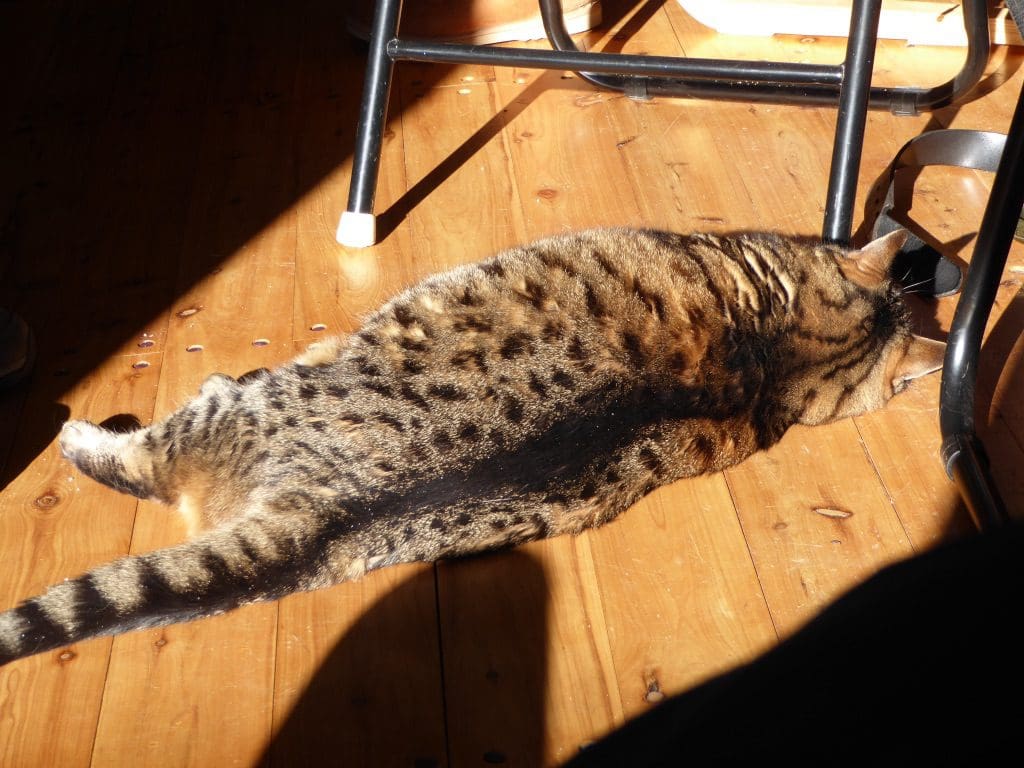
Neeka died of heart failure a few days later. A great loss to us. We miss her terribly.
